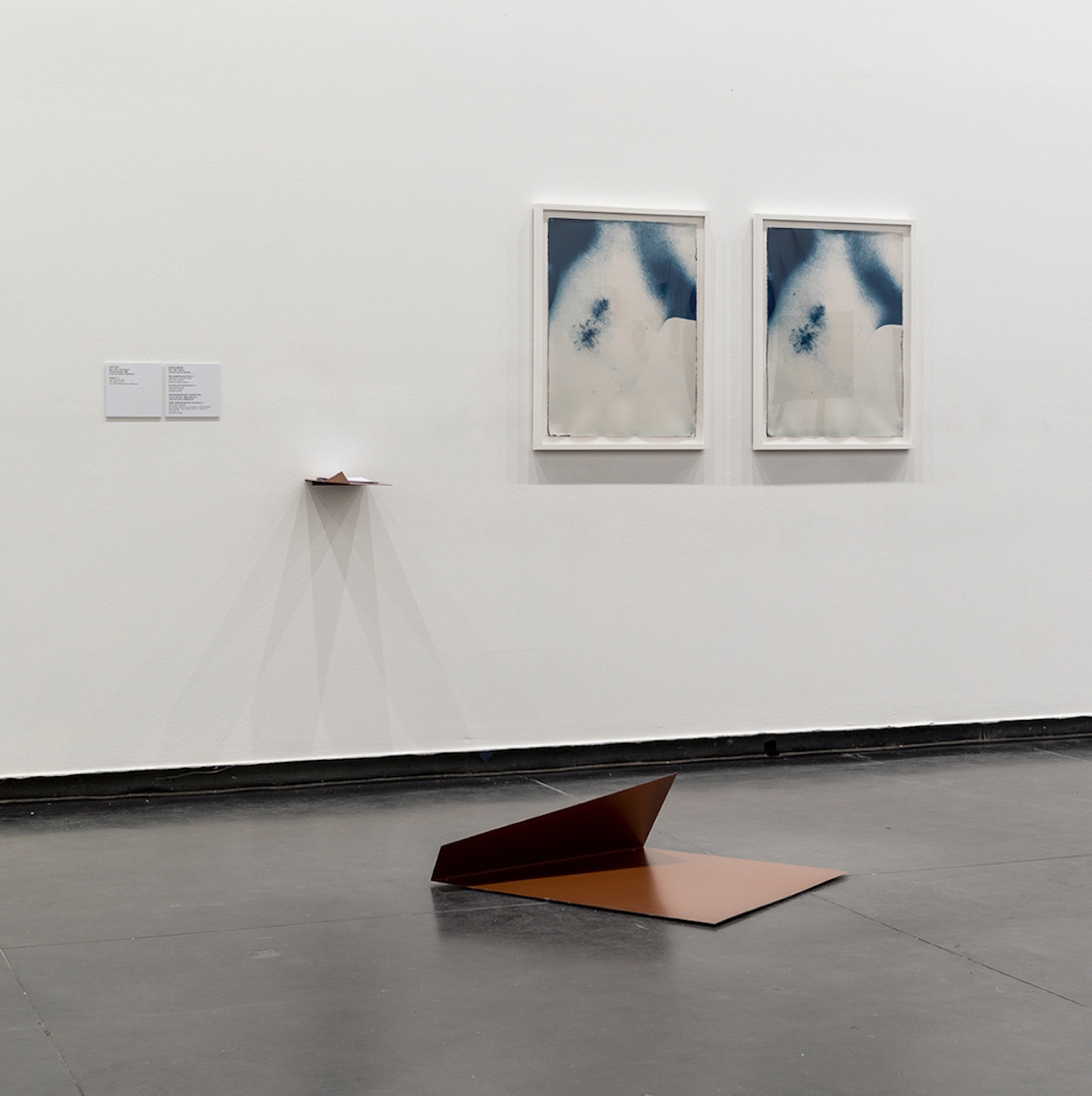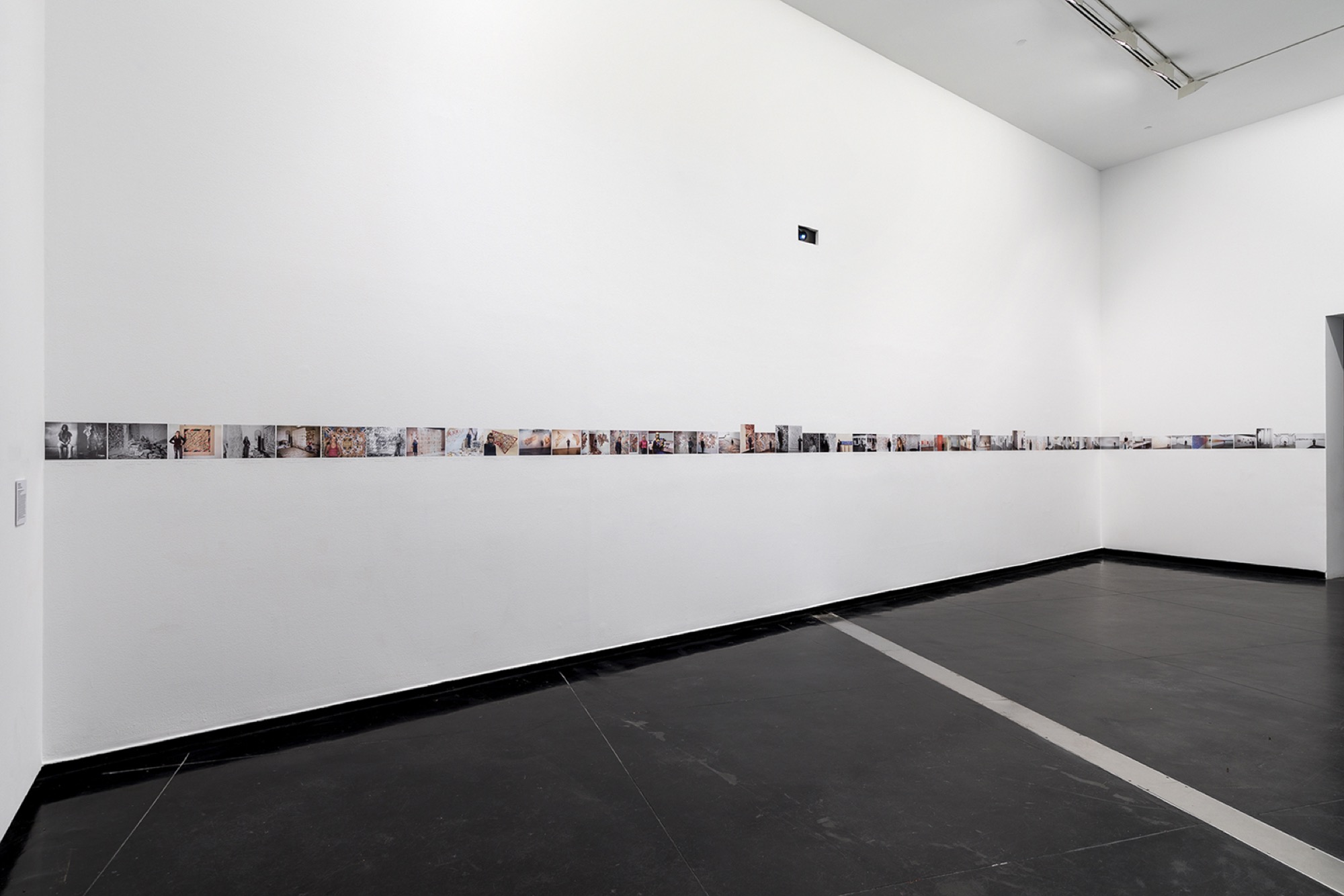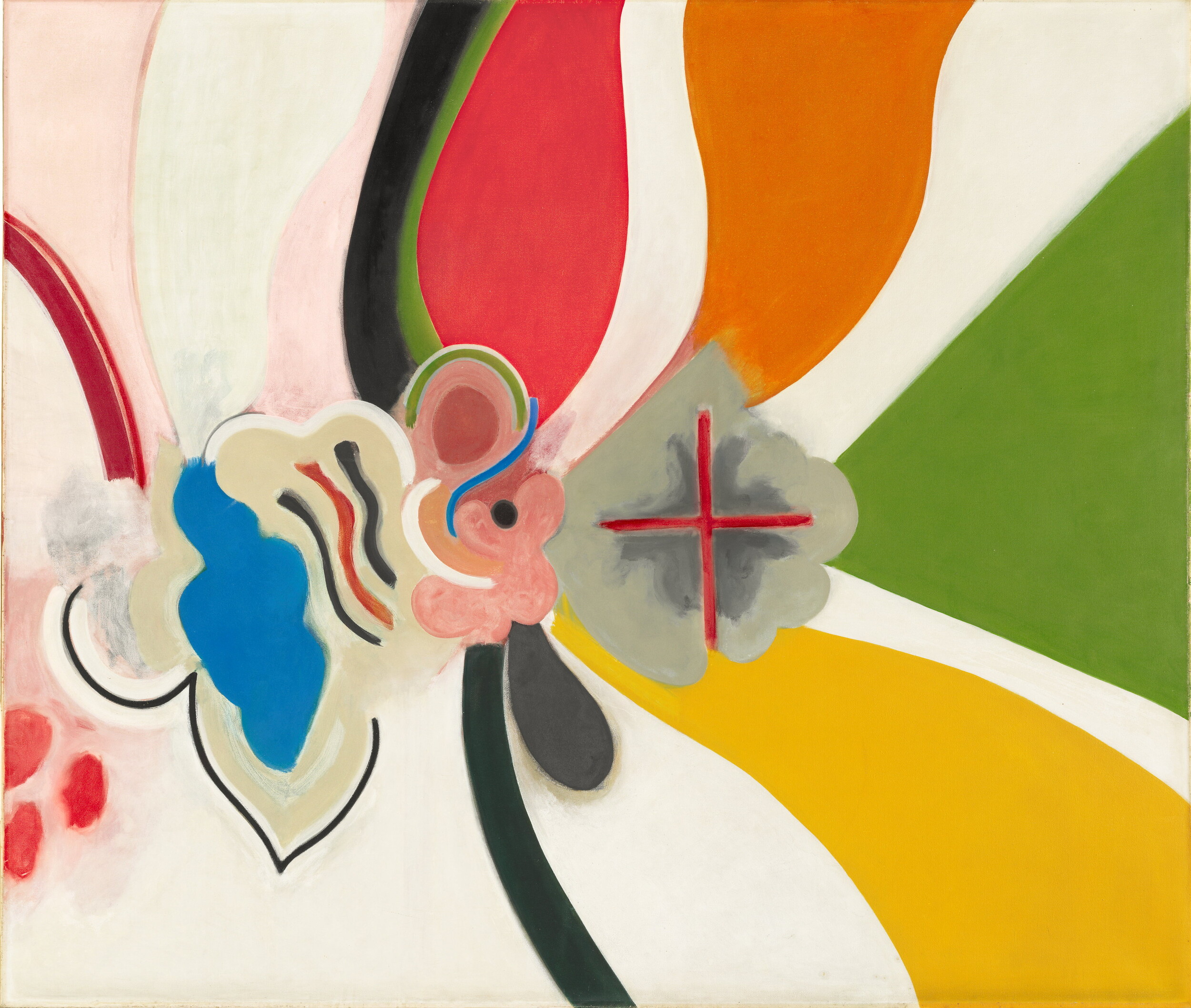Unfinished Business: Perspectives on Art and Feminism
Victoria Perin
Tomorrow is the last day of Unfinished Business: Perspectives on Art and Feminism at ACCA (Australian Centre for Contemporary Art). Hopefully this is a prompt for you to visit (or revisit), because shows like this are rare. Here we are presented with the knowledge (institutional, personal, ancestral, academic) of six curators, thoughtfully dragging an exhibition of 90+ artists in several directions at once. The topic: the pasts, presents and futures of feminism in this country (importantly) and beyond (necessarily).
Usually approaching an institutional thematic exhibition of this scale, someone like me (an art historian and reviewer) is looking for the same thing any gallery visitor looks for – some sort of take-home statement, imagined by the curator/s and expressed through their presentation of the work. We expect a sort of harmony in the curatorial vision, a statement that you can either decide was strong and compelling, or hazy and weak. Scrap that approach. In Unfinished Business, that harmony is deliberately packaged as discordance. Instead of unity, we are presented with divergence and asked to behold the cacophony. One of the curators, Paola Balla in her catalogue essay, writes ‘I do not identify as a feminist’. Also in the catalogue, the artist Linda Dement stresses, ‘Nothing here is clean and whole and no part of it will ever stiffen into certainty.’ All the waves of feminism crash here (with a thunderous rumbling of some future, oncoming storm).

An illustration of this messiness is how explicit works are presented alongside restrained ones. Kate Just’s Furious (2015), has ‘FURIOUS’ lit up in neon. Furious is so literal that they put it on a cute hat and are selling it in the gift store. Below Furious is an installation of two works by Spence Messih (which is not given enough space to breathe, but elbows are out here). A photographic diptych of bruised necks beside two sculptures of precisely bent, rust-coloured steel (like ACCA’s façade) covered in testosterone gel. Also included is a gorgeous text by author Vincent Silk, who includes a description of this medication being used: ‘I remember the way the gel cooled like a second skin on my armpits and came off in flakes.’ You might piece together the delicate installation if you give yourself time to look and read the wall text and Silk’s text. I feel the limits of the exhibition stretching as it offers neon light bouncing off transparent gel.
A little internet sleuthing quickly finds another piece of Silk’s writing titled ‘Pushing Aside Vulvic Doily Art’. There is some vulvic doily art opposite across the room from Messih’s installation, with lace and crochet pieces by Frances (Budden) Phoenix. In the catalogue, curator Julie Ewington writes of the covert resistance Phoenix enacted against the American artist and second-wave icon, Judy Chicago. In her role as a needlework collaborator, Phoenix attempted to disrupt Chicago’s iconic, yonic Dinner Party (1974 – 79). Feminism as pushing aside, as fundamental disagreements (‘nothing here is clean and whole and no part of it will ever stiffen into certainty’).

Ali Gumillya Baker’s Racist Texts (2014 – 17) is a massive pile of books. It is as high as the soaring celling, but doesn’t teeter. It’s a strong pillar held up by ACCA’s wall. We can’t open them, only scan their titles. The book on the very bottom of the pile is entitled Australia: Two Centuries. Balla writes in her critical essay, ‘White women have not been passive, benign benefactors. They have actively participated in the colonising and brutalising of Aboriginal people … The ongoing privilege of white women continues.’ And, ‘Feminism has failed us, as it was not designed for us.’ Look up and down this solid, sturdy pile of books and consider, as Balla does, ‘perceived glass ceilings and concrete jail floors’.
Statistics are blunt weapons, but feel the blow of this: ‘Aboriginal women will suffer thirty-four times the amount of violence tha(t) white women will,’ beside ‘Women are 75% of art school graduates but only 34% of artists exhibited in our state museums and galleries’. These two statistics (the later sourced from curator Elvis Richardson’s 2014 CoUNTess Report) are incommensurable, and both sit unequally here. Richardson and Virginia Fraser’s imaginary FEMMO magazine as real screenprinted covers hanging in the entrance to ACCA. One of them reads ‘Maybe feminism is not for you?’ This question and its various personal implications echo throughout Unfinished Business.
(In case you were wondering, here is a pie chart of the 52 reviews published by Memo Review last year, representing the assumed(*) gender identity of the artists exhibited:

If a group exhibition showcased work by only male exhibitors, or only female exhibitors, it was included in the male or female count. The ‘group’ segment represents exhibitions with an assumed mix of gendered individuals.)
I was moved by documentary footage of female students in the seventies fighting to be allowed to work on building sites. No rest for these labourers – during smoko and lunch they patiently explained to their colleagues why they wanted to work in construction, how they too were strong, capable people. I was moved by young Indigenous women rapping as Umma (mother nature). The pollution of the earth being allegorised, but beyond allegory: Drill me, / frack me. / Ain’t no metaphors / as my children attack me. I spent one of my visits just watching these and the other video works in the show. It is an entire exhibition in itself. Watch them all at once and it’s like there’s a video exhibition sitting inside Unfinished Business. This includes the dedicated film program in its own theatrette. When I sat down it was playing a collection, chosen by FEMFLIX, of works from 1988 to 1995. I had the feeling of being shown rare and hard to see artworks. Out (1995), by Samantha Lang, seemed to have been rescued from deteriorating 16mm film stock, leaving the video extremely over-exposed. I am too anal to truly enjoy a day-long film program that you are meant to dip in and out of (I worry about what I am missing too much), but I let myself relax into these apparitions from the recent past.

I would have liked to see Salote Tawale’s installation Burebsaga Maramas (2017) taking up more space than it has here, maybe taking up the whole dark room it was in. Likewise, Mikala Dwyer’s A Weight of Maybes (2017) seemed tucked around the exiting corner. Throughout the show, works are densely packed and that has been quibbled by some commentators. But space is a price the curators have paid for generosity.

You would be forgiven for imagining now that Unfinished Business’s inclusivity is all-embracing, comprehensive. It was only after visiting Sydney and seeing the Pipilotti Rist show at Museum of Contemporary Art in February that I realised there was no place in ACCA’s show for Rist’s brand of dizzying, personal femininity. The personal may be political, but the collective trumps the individual here. You only have to think of the NGV’s recent stab at presenting the work of four female Australian artists concurrently (without a unified rational) to remind yourself of every angle the curators have had to exclude from their narrative. Nothing here is clean and whole.
If you decide to judge this exhibition on the parameters it has set for itself, you will find it a supremely admirable, memorable experience. Like Sovereignty in 2016-7, this exhibition is a part of ACCA’s ‘ongoing series of Big Picture exhibitions focussing on contemporary art’s relation to wider social, cultural and political contexts’. So, visiting this show, you must accept that the artists have been brought together to provoke discussion beyond the narrow art world, although it necessarily reverberates strongly there. I recently reread Christopher Allen’s powerfully sexist review of MCA’s Pipilotti Rist show for The Australian (13 January 2018), so at the very least we can see that feminism and art in Australia is indeed an unfinished business. Thankfully, this exhibition shows that there are fighters all-round, artists labouring so that nothing about feminism is allowed to stiffen into certainty.
Visit ACCA this weekend, if you haven’t seen Unfinished Business. Or go again if you felt the pang that your visit was too brief (it probably was). I recommend just sitting down to watch a significant proportion of the film program (starting at 11am on weekends. You’ll see things in this exhibition that you won’t see again in such a rich and provoking context.
Victoria Perin is commencing her PhD at the University of Melbourne. Her research concerns printmaking in Melbourne during the 1960s, 70s and 80s. In 2013, she was the Gordon Darling Intern in the Australian Prints and Drawings Department at the National Gallery of Australia.
Title image: Alex Martinis Roe, It was about opening the very notion that there was a particular perspective (installation view), 2015 – 17, three-channel video installation, HD video and 16mm film, 33:02 mins (total running time). Image credit: Andrew Curtis, © the artist)


